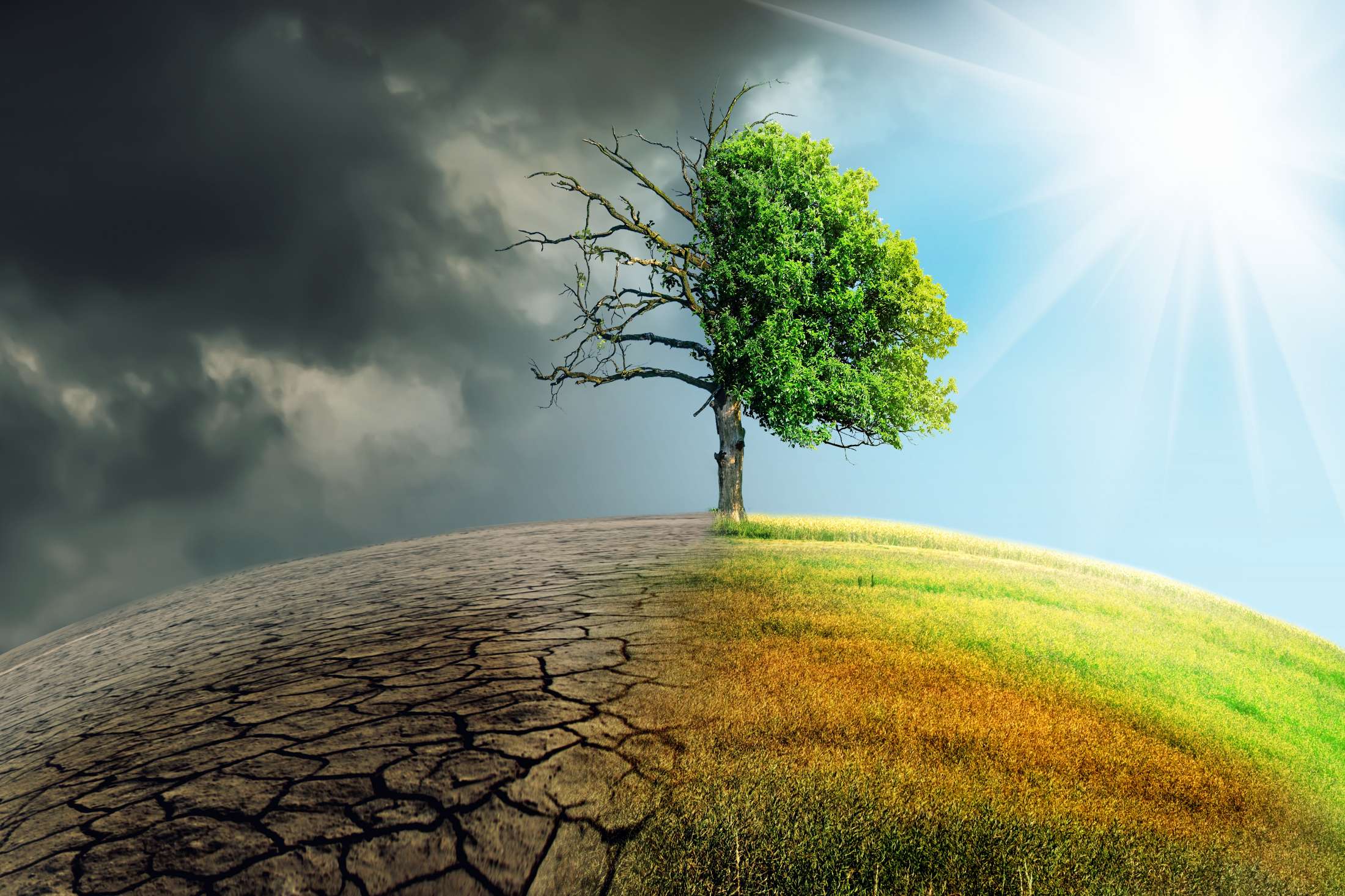
Weather changes
Ireland is not immune to climate change; like the rest of the world our climate continues to change in line with global trends.
Since the 1980s each successive decade has been warmer than the one before and average annual temperatures in the country are projected to increase by a further 1 – 1.6℃ by the middle of this century. The facets of climate change extend beyond an increasing average temperature - Ireland’s normal climate lacks temperature extremes, it generally receives cool winters and warm summers and is considered a relatively mild climate with abundant rainfall. As a result of climate change Ireland will see more intense and more frequent heatwaves, coastal and river flooding from more intense and more frequent storms, and a sobering 20% increase in frequency of heavy autumn and winter rainfall events - with contrasting significant reductions in average spring and summer rainfall levels. Changes to the sea also have potential for momentous impacts upon the island - already sea surface temperatures in Irish waters have risen and the global sea level has risen 3.6mm per year between 2006 – 2015 (unprecedented in the last century). The sea level is predicted to continue rising at this rate, or greater. A rising sea will mean coastal erosion, flooding and damage to infrastructure; many of Ireland’s major cities are coastal therefore significant economic, social and environmental impacts will occur.
What climate change means for Irish wildlife
Changing weather patterns are resulting in various ramifications for Ireland’s flora and fauna, with ecosystem changes occurring both on the island and in Irish waters. The bearings of climate change upon Irish wildlife are multi-faceted and complex; using a broadbrush summary the main impacts include a decline of biodiversity, altered distribution of plant and animal species, disrupted trophic interactions (predators and prey) / interspecific relationships, changed population trends and habitat loss / degradation.
Significant disruption to entire ecosystems and individual species is occurring via changes in plant and animal distribution resulting from climactic changes. For example, in recent years Chinese mitten crabs have been reported in Irish waters, to the detriment of various fish species: rising sea temperatures could further attract non-native predators and displace native species - ongoing research here suggests long-term temperature changes and salt content could force various species including cod, salmon and eel out into colder waters whilst other species such as sea bass may move in. Recent avian research has indicated endangered Irish birds such as Curlew are moving outside their natural geographical range into previously unoccupied and unsuitable habitats including industrial sites and sport fields, leading to further concern for this species’ survival.
Another crucial consequence of climate change is altered life cycle timings and disruptions to plant-animal interactions which have evolved over many thousands of years, adaptations dependent upon stable climactic conditions that have predominated since the last ice age. One significant and often-cited example of such phenological asynchrony is the relationship between great tits, oak leaves and caterpillars. Great tits have evolved the timing of their brood to coincide with the flush of oak leaves, upon which winter moth caterpillars hatch and feed on, ensuring an abundant caterpillar prey source for the great tit chicks. Oak leaves however become rich in tannin as they develop – tolerable by the caterpillar but not the great tit. Therefore, if the oak leaves develop earlier or the brood hatches later, chick mortality increases due to a diet of indigestible tannin-rich caterpillars. Great tits, oak trees and winter moth caterpillars have all adapted their life cycle timings to keep pace with climate change: great tits are now thought to lay their eggs 2 weeks earlier than in the 1960s. Recent research has shown that great tits nesting in areas with poor oak health are less able to keep up with the advancement of spring, perhaps due to inability to find resources or disruptions to breeding cues. Decline in oak health is linked to environmental stressors including drought, waterlogging, pollution and soil conditions: all potential effects of climate change.
Up to 20% of Ireland’s total native flora is estimated to be vulnerable to climate change in the period up to 2050 and climate change has resulted in shifts in spring phenological event timing such as leaf unfolding, flowering, bird migration and insect activity; timing changes to the spring season in conjunction with other impacts of climate change such as water shortages, unsuitable food supplies and extreme weather can therefore also have dire costs to migratory birds. 2022 research identified an advance of the growing season in spring in Irish woodlands and an advance of the arrival of migratory birds: however, the research also identified varying trends for butterflies and moths i.e. asynchrony between the latter and insect first flight dates, indicating phenological mismatch for migratory bird species as a result of climate change.
Climate change is also an additional stressor to existing habitat fragmentation / degradation affecting Ireland’s mammal, invertebrate, reptile and amphibian populations. Reptiles are ectothermic with a tight bell curve of optimal climactic conditions; therefore, their physiology is directly impacted by shifting weather systems and erratic weather events have potential to cause significant disruption to common lizard and slow worm populations, particularly at key life cycle events such as hibernation. Example research regarding Ireland’s mammals reveals the projected change in bioclimatic suitability of Ireland for the Irish hare to be a vast contraction of 75% over the next 50 years, drastically reducing available suitable habitat for this already endangered species. Whilst climate change is occurring at a rate too fast for many of Ireland’s species to adapt to, it could also conversely result in population increases for some species, with unknown ramifications - for example the non-native Sika deer population is predicted to increase, potentially resulting in greater contribution to tree damage.